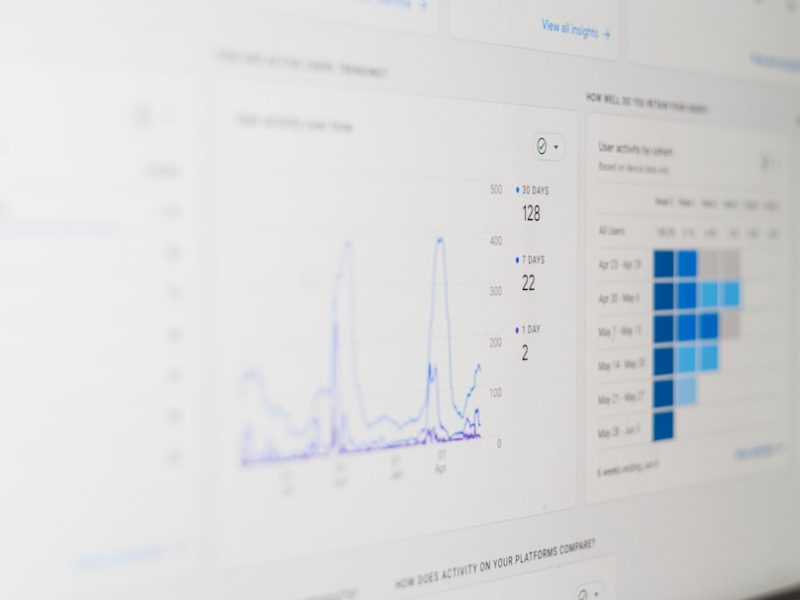
Top 10 Business Card Designers for Pet Groomers
When you’re in the business of making furry friends look fantastic, first impressions matter. For pet groomers, a business card isn’t just a way to share contact information — it’s a mini billboard that reflects your style, professionalism, and love for animals. That’s why having a thoughtfully designed card crafted by a top-notch designer can make all the difference. Read more

Fix Roblox Error Code 277: Lost Connection to Game Server
If you’ve spent countless hours creating, exploring, and playing in the immersive world of Roblox, few things are more frustrating than being abruptly kicked out of a game due to connection issues. One particularly annoying problem many users encounter is Roblox Error Code 277. If you’ve landed on this article because of it, take a deep breath—we’ve got you covered. In this guide, we’ll explain what this error means, what causes it, and, most importantly, how to fix it. Read more

What Is Retention Marketing? A Simple Guide
In the ever-evolving landscape of digital marketing, businesses are constantly looking for effective strategies to fuel growth and maximize profitability. While acquiring new customers is essential, retaining existing ones often proves to be far more cost-effective and ultimately more valuable. This is where retention marketing comes into play—a strategy centered not just on getting people to buy, but on keeping them coming back. Read more

Best Free HR Software: 7 Tools That Actually Scale with Your Team
Managing people effectively is a cornerstone of any growing business. As startups scale into small and mid-sized teams, HR becomes increasingly complex—and costly. Fortunately, there’s a new generation of free HR software that offers valuable tools to manage employees, track time-off, onboard hires, and even run payroll efficiently, all without breaking the bank. Read more

How to Add COGs in Found Bank (Cost of Goods Setup)
Accurate financial tracking is a cornerstone of successful business operations. For businesses using Found Bank—a modern financial platform tailored for small businesses and entrepreneurs—configuring the Cost of Goods Sold (COGS) is essential for maintaining clear and accurate profit and loss statements. Whether you’re a solopreneur selling handmade products or a growing e-commerce brand, understanding how to add COGs correctly can significantly enhance your business insights and decision-making capabilities. Read more

How To Download Opera GX Unblocked Anywhere
Opera GX has gained immense popularity among gamers and tech enthusiasts due to its unique set of features tailored for performance, customizability, and gaming convenience. It offers tools like CPU, RAM, and network bandwidth limiters, built-in ad blockers, a free VPN, and seamless Twitch integration—making it the go-to browser for users who spend a significant portion of their day online. However, not everyone can access Opera GX, especially in places like schools, workplaces, or regions with restrictions. Fortunately, learning how to download Opera GX unblocked anywhere is easier than it seems. Read more

How Much Does Social Media Marketing Cost in 2025? A Complete Guide
In the digital age, social media marketing has become a cornerstone of business growth across all industries. By 2025, businesses are expected to spend more on social platforms than ever before, taking advantage of improved targeting capabilities, artificial intelligence, and personalized user experiences. But how much should a business expect to spend on social media marketing in 2025? Read more

How to Collect Emails for Email Marketing: Proven Methods and Tools 2025
Email marketing is still one of the most powerful ways to reach customers in 2025. But before you can send those fun and engaging emails, you need one thing — email addresses! Read more

Deactivate Your Google Account Fast And Stress-Free
In today’s hyper-connected digital world, maintaining a multitude of online accounts has become the norm. Among these, a Google account stands out due to its extensive integration with services like Gmail, YouTube, Google Drive, and Google Photos. However, there are times when you may feel the need to step back — perhaps you’re trying to declutter your digital life, switch to a different ecosystem, or increase your privacy. If you’re ready to move on, deactivating your Google account doesn’t have to be overwhelming. In fact, with the right guidance, the process can be quick, easy, and stress-free. Read more

Fix: Netflix Error “There Appears to Be a Problem With the Payment Method”
You’re all set for a movie night. Popcorn is ready, lights are dimmed, and you fire up Netflix. But then — bam! A message appears: “There Appears to Be a Problem With the Payment Method.” Talk about a buzzkill. Don’t worry, though! This guide will help you fix the issue in no time. It’s easy, we promise. Read more